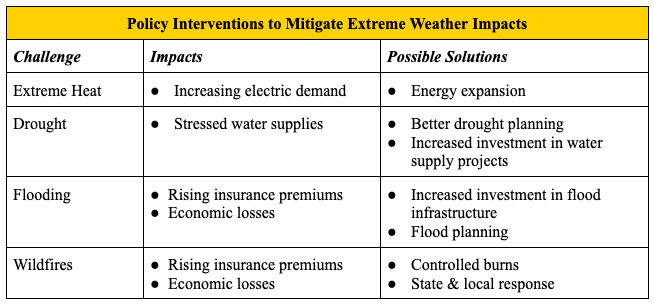Texas’ weather is getting wilder
This is a preview of our Texas 2036 newsletter taking a look at our latest report tracking the accelerating trends in extreme weather in Texas. To receive this weekly look at our work, sign up here.
Extreme Weather: What’s in Texas’ forecast?
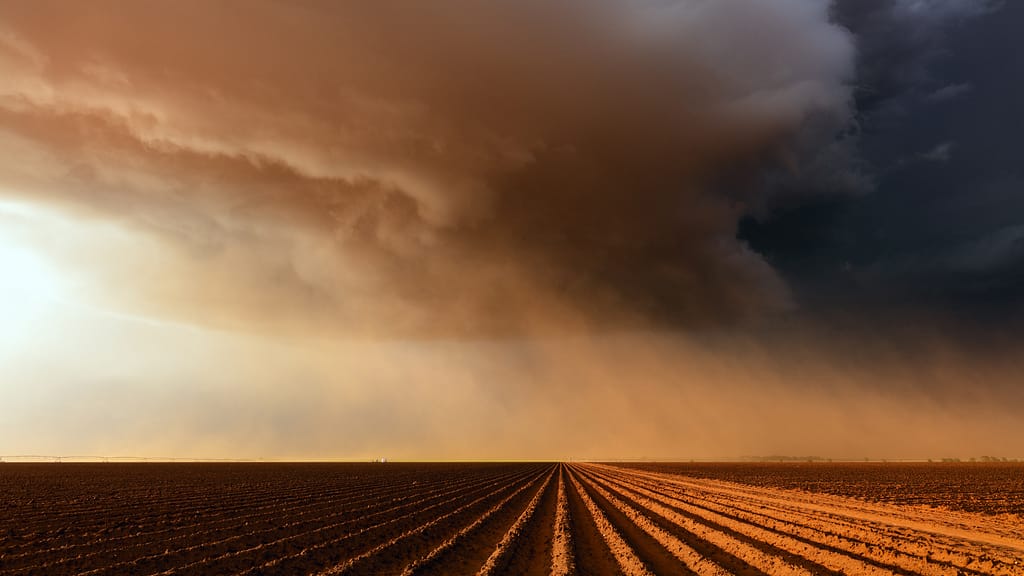
A complete update to the groundbreaking Future Trends of Extreme Weather in Texas report is out today! It finds the following accelerating trends statewide:
- 100-degree days are close to being four times as common in 2036 compared to 50 years ago,
- an increased risk of wildfire in the coming years, especially in western and southern Texas,
- more severe droughts coupled with more erratic rainfall, and
- a greater frequency of urban flooding in the Texas Triangle (Houston-Dallas-Austin-San Antonio).
First launched in 2020 and previously updated in 2021, this pivotal report continues to serve as an essential resource for Texans and policymakers to understand and mitigate the impact of future extreme weather events.
Triple-digit days are quadrupling
Projections show a dramatic rise in extreme heat, with 100-degree days close to four times as common by 2036 as they were in the 1970s and 1980s.
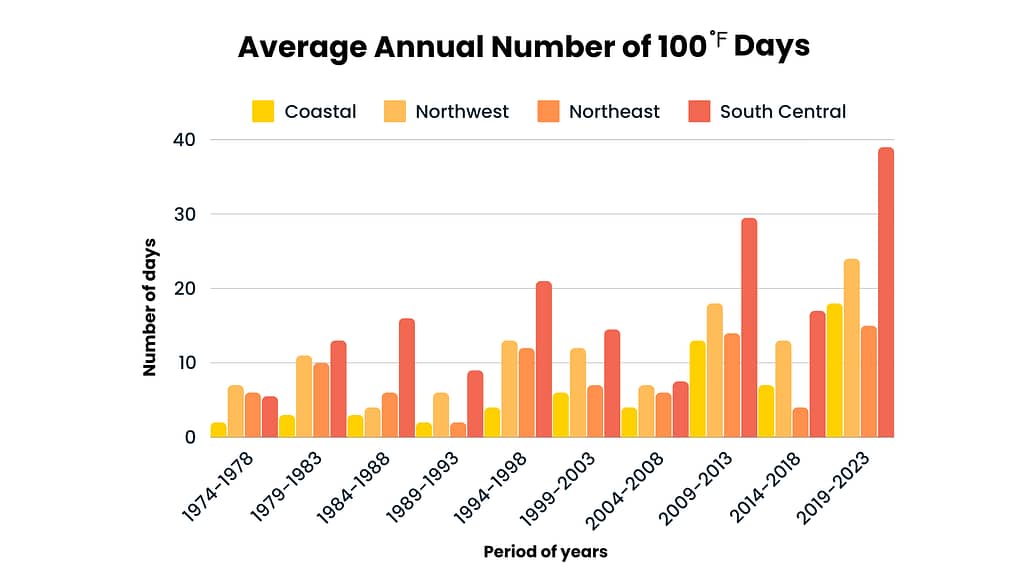
As temperatures go up, Texans will keep their household thermostats steady, leading to accelerating demands for electricity.
Hotter temperatures = greater demand for energy

☀️ Hotter temperatures will translate into significantly higher electricity demands. Texas 2036’s Future of Texas Energy dashboard projects:
- a 74% increase in electric demand between now and 2050.
🆒 One of the key reasons for this electric demand growth is the increase in the number of “cooling days” where hotter temperatures prompt greater use of air conditioning.
A trend toward longer wildfire seasons
Texas faces an increased number of days with high wildfire risk, especially in the western and southern portions of the state. The Smokehouse Creek fire in late February — the largest Texas wildfire on record — is a dramatic reminder of the state’s susceptibility to this destructive extreme weather event.

While data suggests western and southern Texas already face an increased risk of wildfire, increased dryness statewide may expand the threat eastward, as increased temperatures will cause very dry conditions to develop earlier in the year, lengthening both the spring and summer wildfire seasons.
Texas: The land of perpetual drought
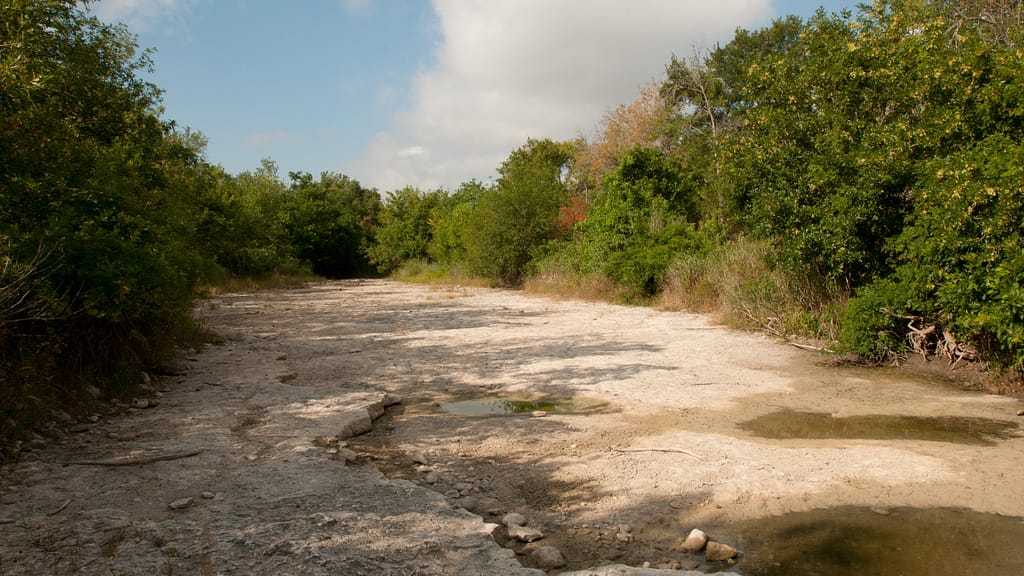
Texas droughts are likely to become more severe due to rising temperatures and greater rainfall variability. Water levels in rivers, lakes and reservoirs will be strained by higher rates of summertime evaporative losses and more erratic runoff.
Broken by the occasional devastating flood
A 5-15% increase in extreme one-day precipitation events since the late 20th century will contribute to greater urban flooding by 2036.
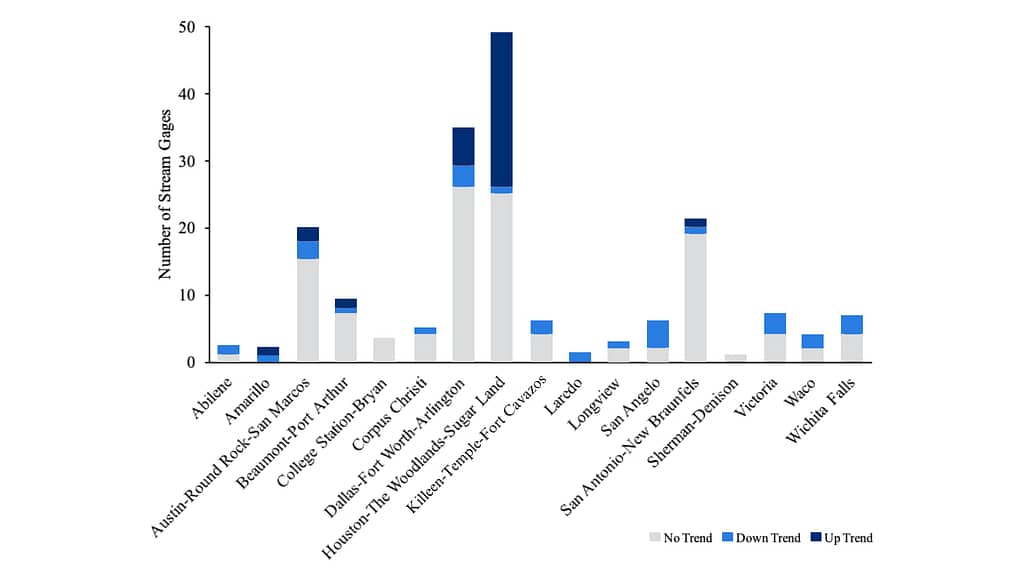
The frequency of flooding incidents in urban areas is expected to double compared to historical records, pressing the need for substantial investments in flood infrastructure and planning. Some areas, like the Lower Rio Grande Valley and the Gulf Coast, are expected to see significant increases in rainfall, contributing to heightened flood risks.
A regional roadmap on extreme weather impact
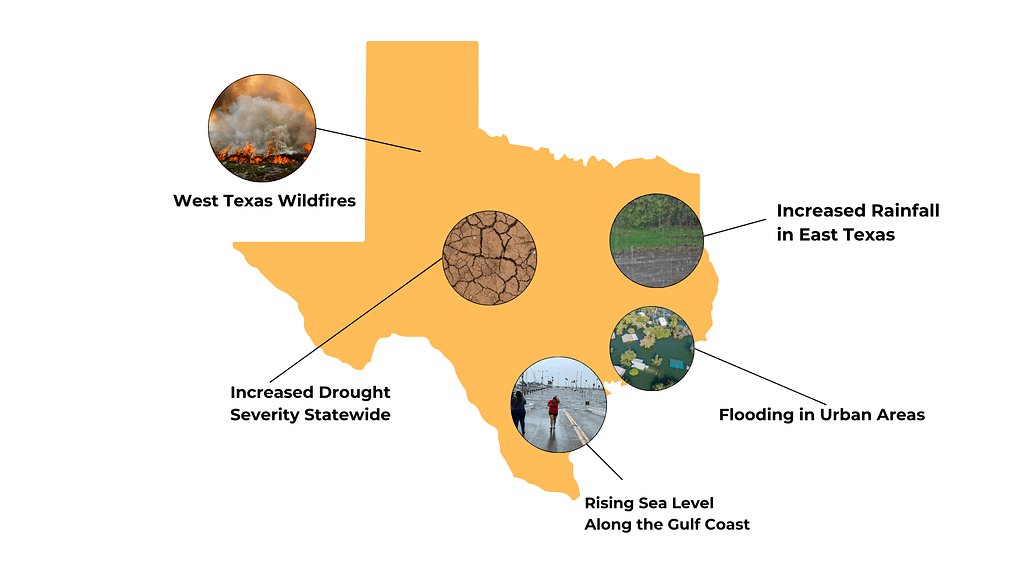
The report shows that Texans’ risk of enduring various types of extreme weather varies based on where they live, with the following regions experiencing the most extreme conditions:
- West Texas Wildfires: This region has seen a dramatic increase in the number of days where it is susceptible to wildfires.
- Increased Rainfall in East Texas: Rainfall intensity by year 2036 will increase by 10% when compared to 2001-2020, and 20% relative to 1950-1999.
- Flooding in Urban Areas: Estimates of extreme rainfall based on historic data show a large uptick for the region, making it a hotspot for increased urban flooding. Urbanized surfaces lead to heightened flood risks, implying the need for infrastructure improvements.
- Rising Sea Level Along the Gulf Coast: Observed increases in the relative sea level rise, including 2.18 feet per century in Galveston, 1.80 feet in Corpus Christi, and 2.02 feet in Sabine Pass, may contribute to a doubling of the storm surge risk.
- Increased Drought Severity Statewide: Higher temperatures and greater rainfall variability could increase future drought severity, accelerating strains on rivers, lakes and reservoirs.
An extended growing season is among us
🌱 The warming trend of the past 50 years means that temperatures favorable to plant growth are being reached earlier in the spring and persist later in the fall.
Farmers and home gardeners alike can adapt by planting earlier to keep up with the shortening of the winter season.
Did you know? Jerusalem sage is among the plants forecasted to do well in the shortening Central Texas winters.
A policy roadmap to future-proof Texas
Texas legislators, supported by Texas voters, have taken steps that begin to address these extreme weather challenges. Last year, the Legislature approved regional water planners’ use of more extreme drought scenarios in addition to the creation of a new $1 billion fund for new water supply projects that received voter approval in November.
Texas voters also approved the creation of a new fund to incent the expansion of the state’s electric generation capacity. Recently, House and Senate leaders directed legislative committees to make recommendations relating to wildfire risks, rising insurance costs and water reliability.
Texas’ susceptibility to extreme weather trends will continue to inform state policymakers’ decisions. Each extreme weather challenge contributes to a unique policy problem for which policymakers have several options.
